Community hospital benefits from Cleveland Clinic system

When John Baker DNP, MBA, RN, NEA-BC, thinks back on the caregiving experience at the 20-bed Lodi Hospital during the start of the COVID-19 pandemic, one word comes to mind: “Confusing,” he says. The ensuing year has brought clarity, however, as well as fresh ideas for fine tuning operations in ways that would not have been obvious before the virus struck.
Cleveland Clinic is a non-profit academic medical center. Advertising on our site helps support our mission. We do not endorse non-Cleveland Clinic products or services. Policy
Baker is Vice President of Nursing and Operations at Lodi, where, like other hospitals, caregivers were called upon to act quickly while infectious-disease experts worked to learn more about the novel coronavirus. A member of Cleveland Clinic Akron General, Lodi – in rural Medina County — is designated a Critical Access Hospital. It offers outpatient and minimally invasive surgery, a 24-hour emergency department, acute and skilled care, outpatient diagnostic care, rehabilitation and physical therapy, occupational health care, and radiology services.
As the pandemic unfolded, changing everything from hospital door access to visitation policies, Lodi nurses and other caregivers used the advantages of both the community hospital environment and the large healthcare system to meet patient needs.
A spirit of cooperation and flexibility defined the moment, Baker says, especially in November and December 2020, when Lodi’s census swelled from an average of about 12 to about 17. What caregivers learned during that time will help them plan for the future.
Across Ohio in spring of 2020, non-essential surgical procedures were canceled to preserve personal protective equipment, says Charlene Bunner, BSN, RN, Manager of Surgical Services. Lodi sent surgical nurses to help out in other departments. It proved to be a fruitful exercise even after the state allowed hospitals to resume all surgery.
“We had to close our surgery department again in December because of a staffing crisis in the in-patient unit,” Bunner says. “Our team had already been cross-trained during the first shut-down, so we went out there and worked to help them get through that crisis. It really gave the caregivers in that unit some relief.”
That experience underscored the importance of building in redundancy across departments, Baker says. This is especially helpful at small hospitals, where, even under normal circumstances, nurse managers and others regularly wear many hats. “If you have a surgical nurse, what other things can you train them on to be helpful in other areas, whether it’s giving meds or doing assessments?” Baker says. “How can we supplement what nurses, and others for that matter, already know? These are things we are looking at now.”
Lodi has seen the benefit of cross-training, Bunner says, so new nurses will be hired with the understanding that they will be required to be nimble. “We’re telling people up front that they will be cross-trained so that we remain ready for something like this,” she says.
As a Critical Access Hospital, a designation carved out to ensure access to healthcare in rural areas, Lodi’s job is to treat the patients they are equipped to treat, and to move higher acuity patients elsewhere. Shortages of beds and caregivers during the pandemic impressed upon Baker and his team the need to consider options if patients had to stay longer at Lodi.
“We typically keep somebody here two hours before sending them elsewhere, but we had to think about what would happen if we had to keep someone for eight hours or 12 hours,” Baker says. “We didn’t need to do that, but we worked out where we had the backup to care for somebody for a longer period of time.”
Lodi nursing also stepped up to accept a sudden influx of patients from a larger hospital’s hospice unit, where a COVID-19 outbreak had occurred. “They had to shut the facility down and they needed some place for those folks to receive care. So we ended up taking six hospice patients, which we’ve really never done before,” Baker says.
“They all essentially arrived at the same time,” Bunner says. “Everyone worked together to make that happen.”
Over time, the Lodi staff — which does not typically care for hospice patients — learned from visiting hospice nurses as well as from the experiences of caring for the patients themselves. Baker says it was “a confidence booster” to acquire skills in hospice care, and the nurses know they can do it again if the need arises.
Succeeding during the first year of the pandemic meant making the most of Lodi’s history as a community hospital and connection to a larger hospital system.
“We were grateful to be part of Cleveland Clinic, because we had so many resources,” Baker says.
“Some of our employees have spent their careers here, and they like being part of a community hospital. But they also realized that a crisis like this can cause small hospitals to fail, because they just don’t have the necessary resources. They understand that we’re part of Cleveland Clinic now, and they have an appreciation for the expertise within the Clinic.”
The Cleveland Clinic Health System also offered Lodi significant support in terms of “caring for caregivers,” he says, from continuing to employ staff at a time when other hospitals were reducing workforce, to offering meals and creating an emotional support hotline.
Small-hospital spirit is also still deeply embedded at Lodi, Baker adds. “It’s a lot easier to put changes in place just because of the limited number of people. You know everybody, whether it’s personally or within your department or across departments. There’s a sense of family and helping one another.”
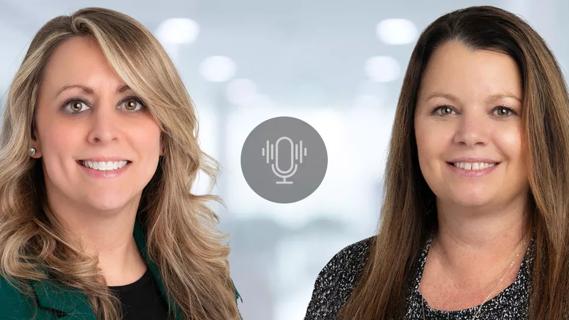
Nurses play pivotal role in patients’ ability to recover in the comfort of their own homes
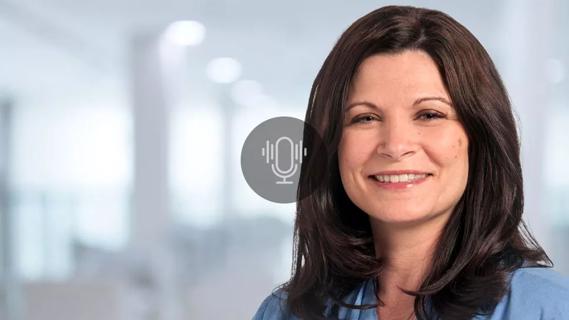
Advocating for patient safety is imperative in fast-paced surgical settings

Advice for those pursuing a WOC nursing career
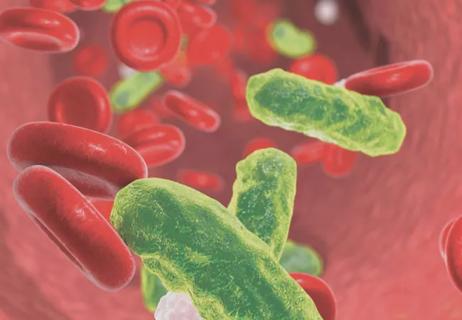
Redesigned protocols enhance infection-prevention measures
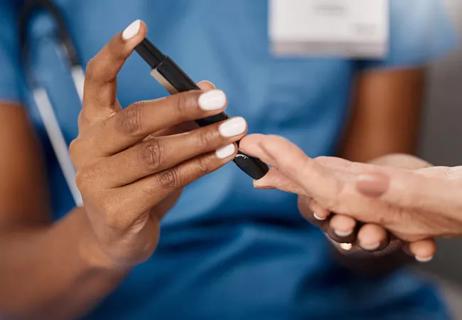
Longevity in healthcare, personal experiences may provide caregivers with false sense of confidence
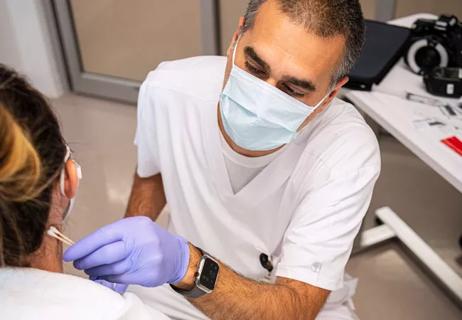
Specialized team prioritizes trauma-informed care and evidence collection

Collaborative approach leans on expertise of nurses
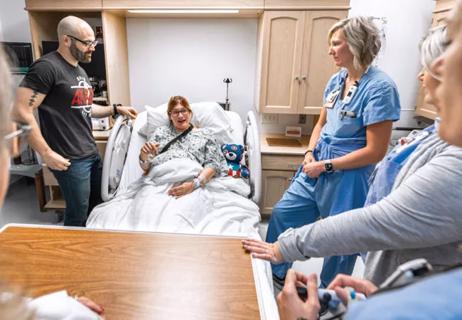
TeamBirth aims to improve outcomes by facilitating collaboration between patients and caregivers